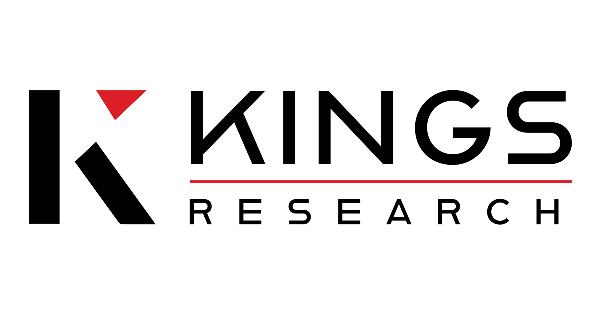
The US has removed export restrictions on semiconductor design software to China, signalling a de-escalation in trade tensions between the two nations.
This decision is part of a broader trade agreement aimed at reducing hostilities and fostering cooperation in key technological sectors.
In May 2025, the US Commerce Department imposed curbs on exports of crucial electronic design automation (EDA) tools, which are essential for creating semiconductors used in various technologies, including smartphones, computers, and automobiles.
The restrictions were introduced as a countermeasure to China's earlier decision to limit rare earth exports to the US. These actions reignited tensions shortly after a trade truce had been achieved.
Cadence, Synopsys, and Siemens, the major companies in the EDA industry, confirmed that they have been notified by the US authorities about the rescindment of these export controls.
Synopsys stated that a previous letter from the Commerce Department detailing the curbs has been withdrawn. Cadence and Siemens also announced that they are resuming unrestricted access to their software and support services for Chinese customers.
Siemens stated: “Siemens was recently notified by the Bureau of Industry and Security, US Department of Commerce, that the export control restrictions on EDA software and technology to customers in China set forth in the May 23rd letter received by Siemens are no longer in place.
“As a result, Siemens has restored full access to software and technology classified under Export Control Classification Numbers (ECCNs) 3D991 and 3E991, subject to applicable export control laws and regulations, and we have resumed sales and support to Chinese customers.”
The trade agreement between the US and China, formalised after talks in London in June 2025, includes commitments from both sides.
The US agreed to lift export restrictions on chip design software, ethane, and jet engines.
In return, China will approve the export of rare earth elements to the US. These elements are crucial for manufacturing various high-tech products.
A report from Reuters in May indicated that Synopsys had instructed its staff in China to halt sales and services as part of compliance with the US export restrictions. This directive affected many Chinese chip design firms relying heavily on top-tier US software for semiconductor development.
According to Xinhua News Agency, Synopsys, Cadence, and Siemens’s Mentor Graphics collectively control more than 70% of China's EDA market. Chinese companies such as Brite Semiconductor and VeriSilicon have reported using these companies' software for their operations.
Story ContinuesThe lifting of these restrictions comes amid ongoing US efforts to limit China's access to vital semiconductor technologies. These efforts aim to prevent potential leveraging of US technology for military advancements and AI capabilities in China.
"US eases chip software export rules to China" was originally created and published by Verdict, a GlobalData owned brand.
The information on this site has been included in good faith for general informational purposes only. It is not intended to amount to advice on which you should rely, and we give no representation, warranty or guarantee, whether express or implied as to its accuracy or completeness. You must obtain professional or specialist advice before taking, or refraining from, any action on the basis of the content on our site.







![Lobster Market Growth: Key Factors Driving Expansion to USD [9.6 Billion] by {2029}](https://noticiasdecostarica.com/zb_users/upload/2025/07/20250714121902175246674235065.png)





